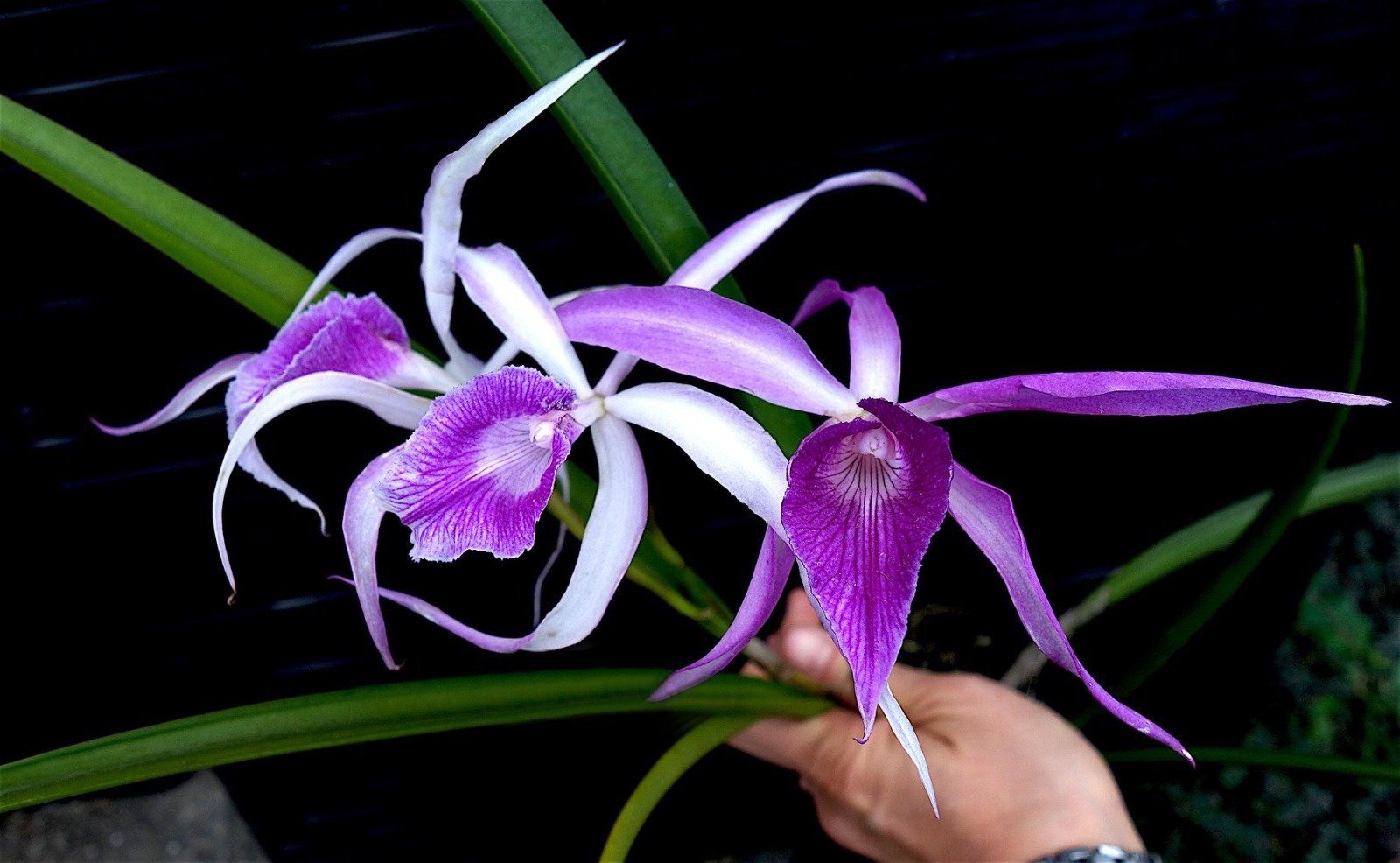
Brassavola
14 products
Show 1 - 14 from 14 products
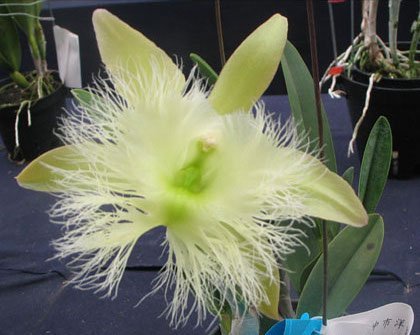
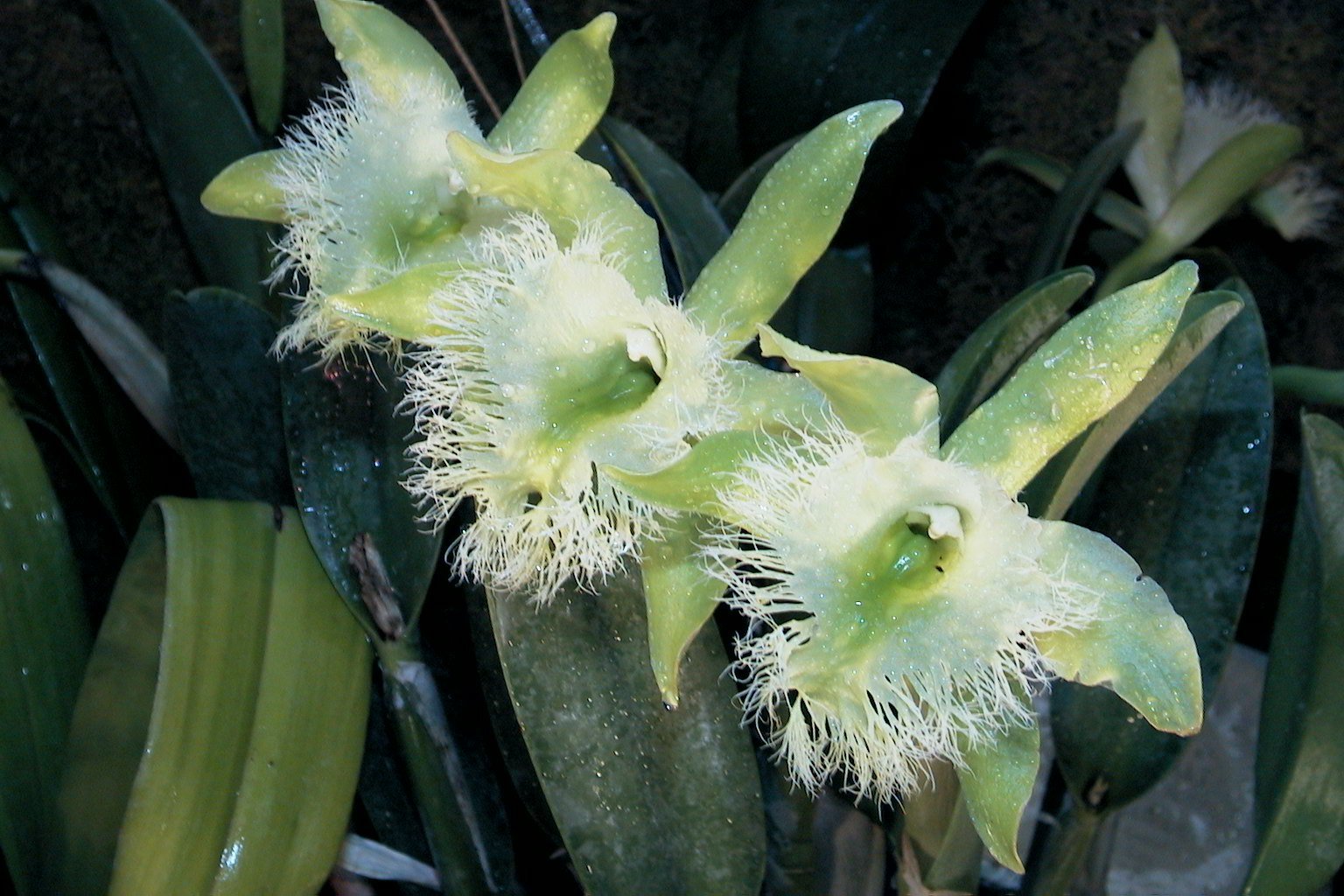
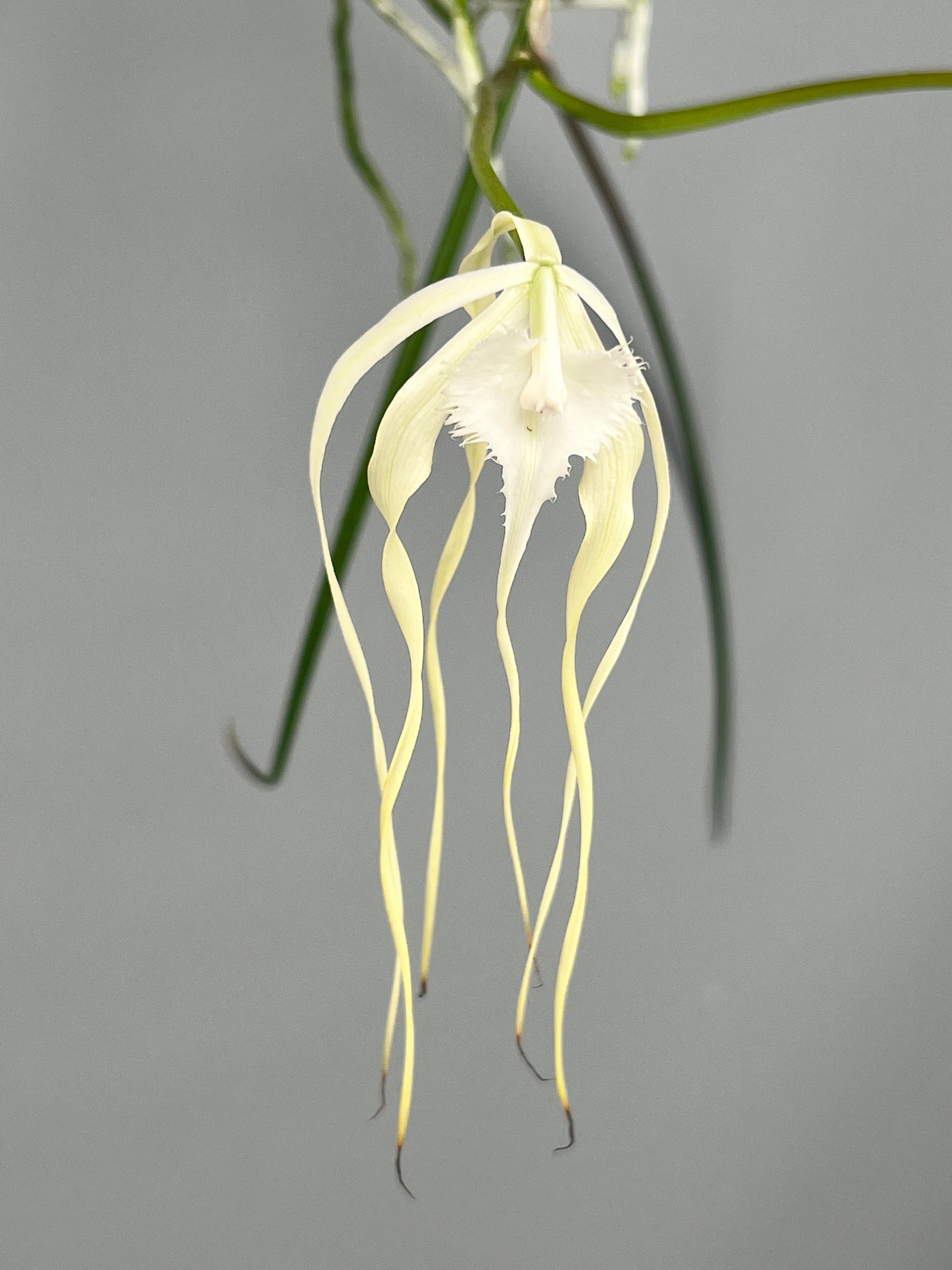
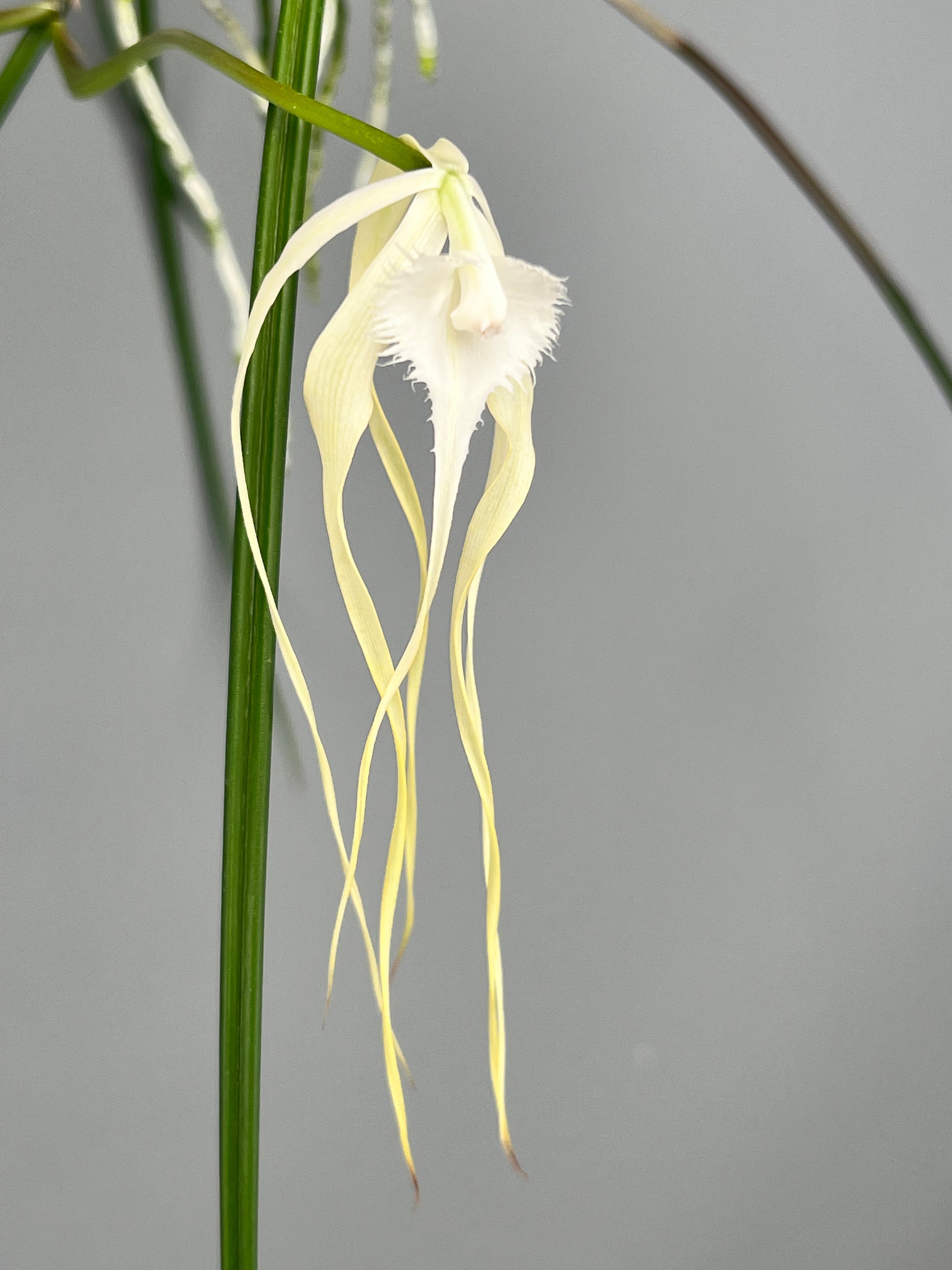
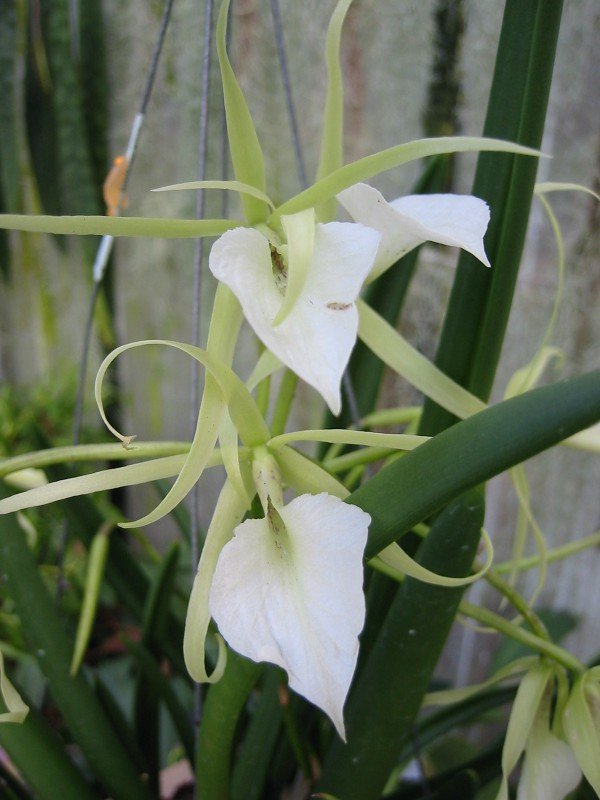
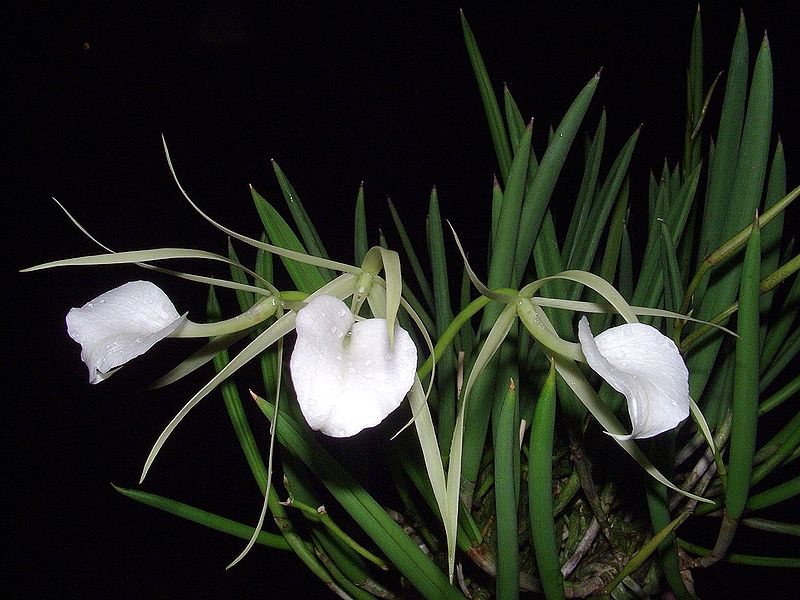
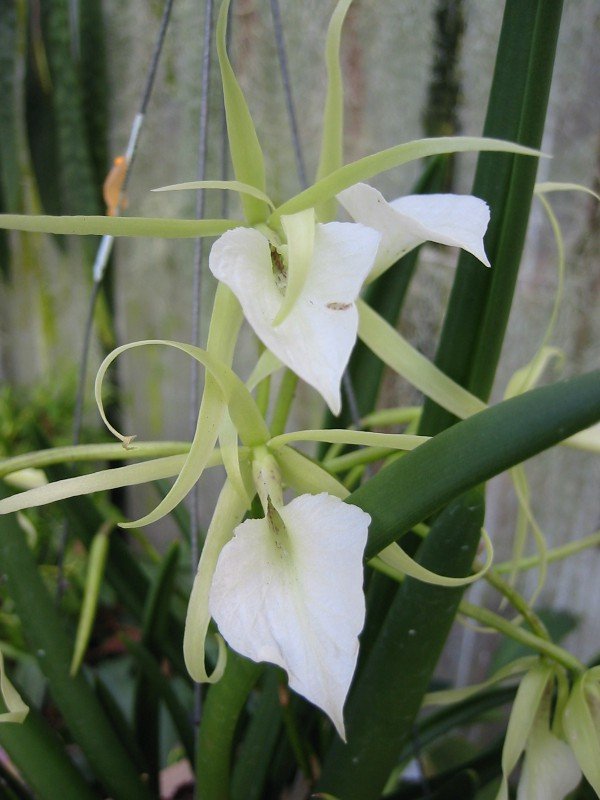
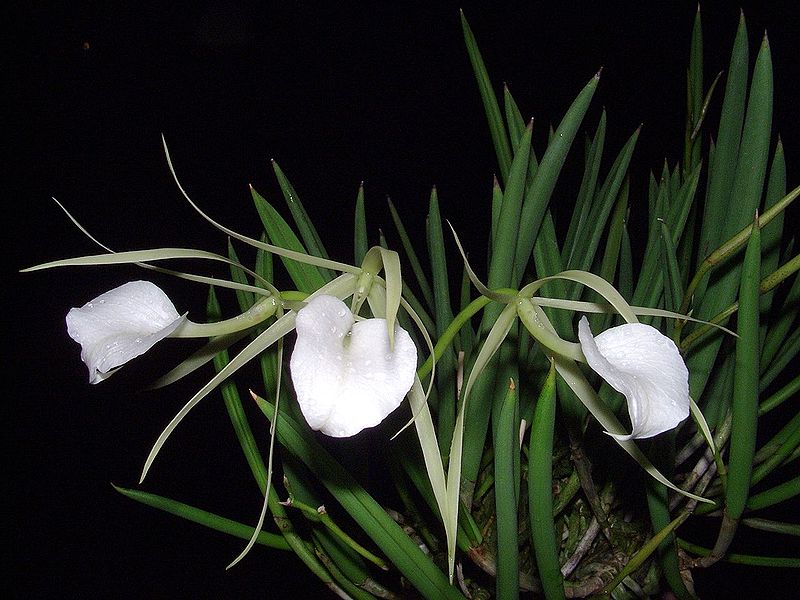
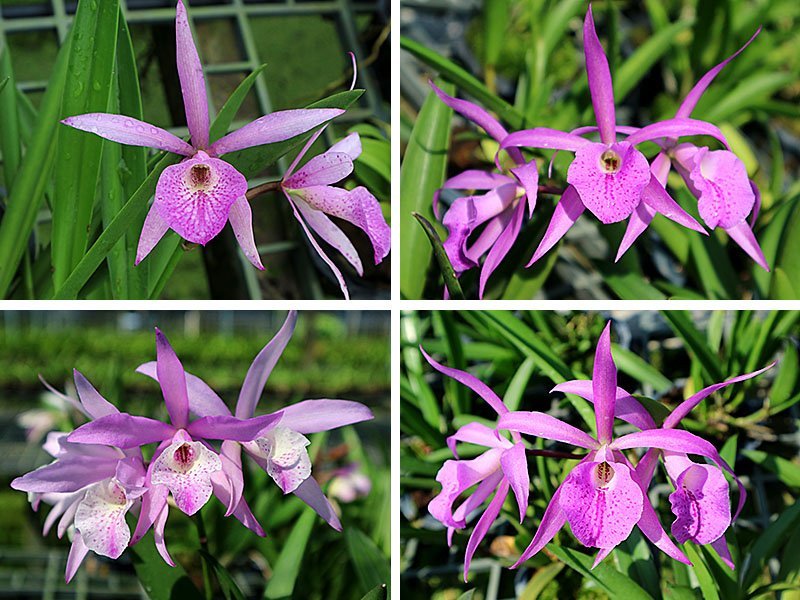
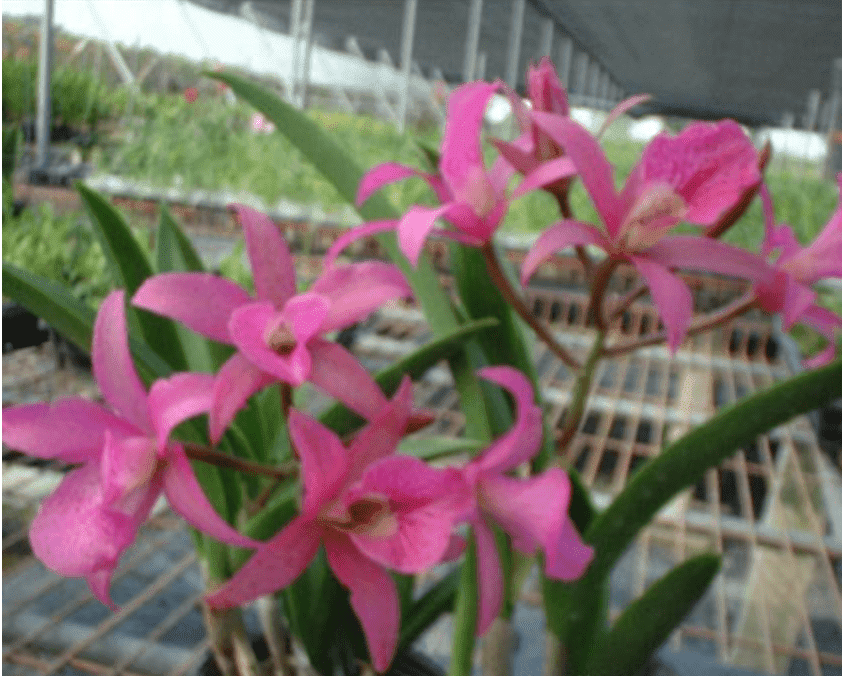
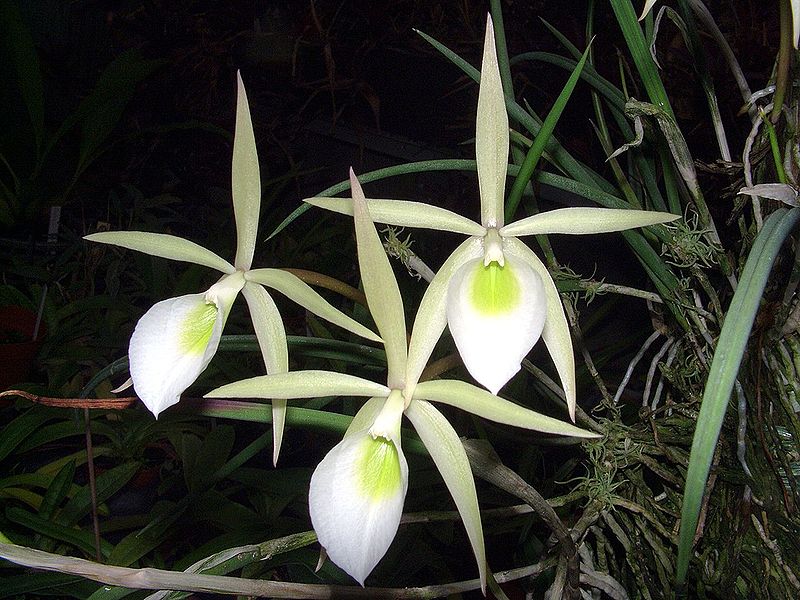
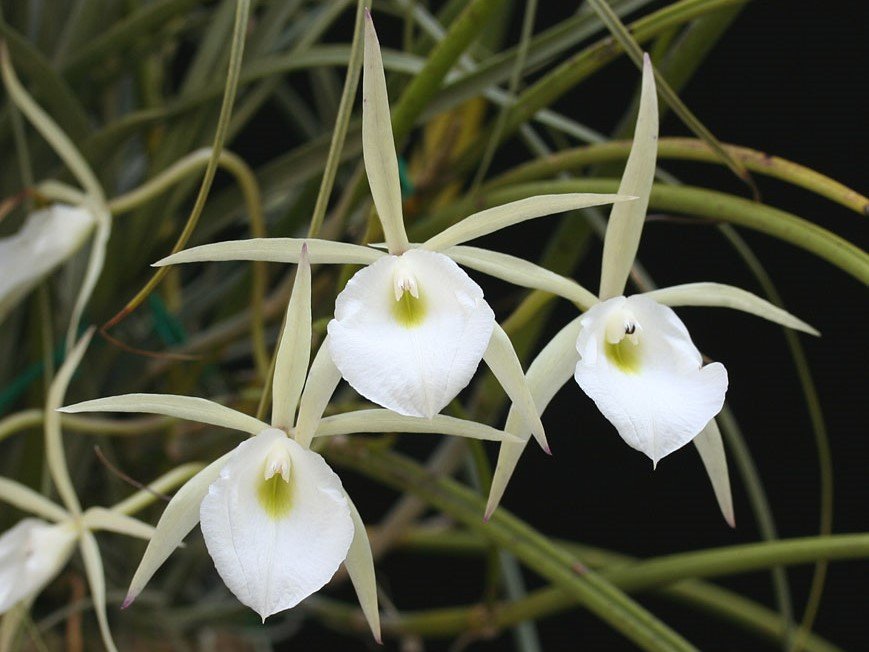
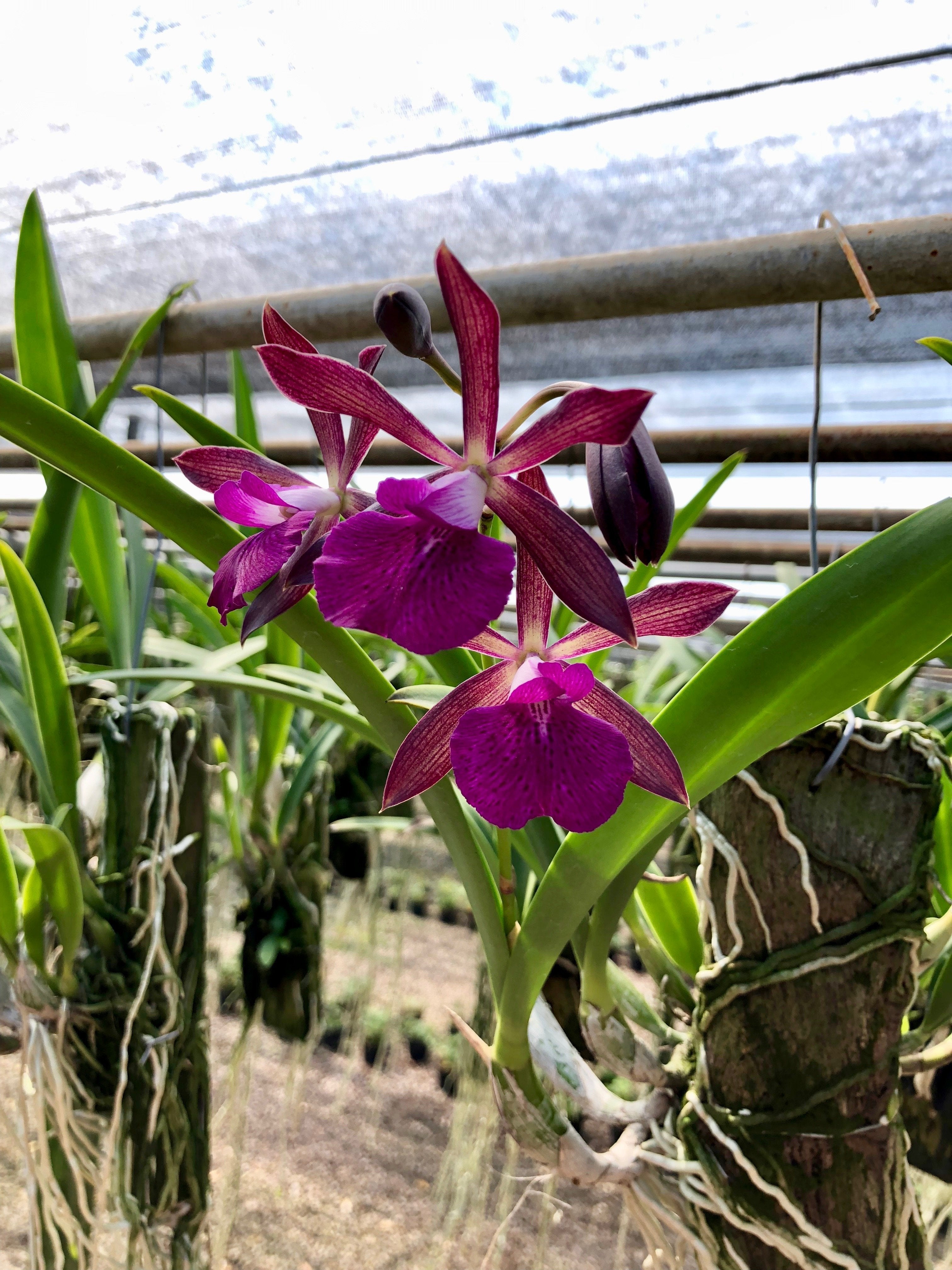
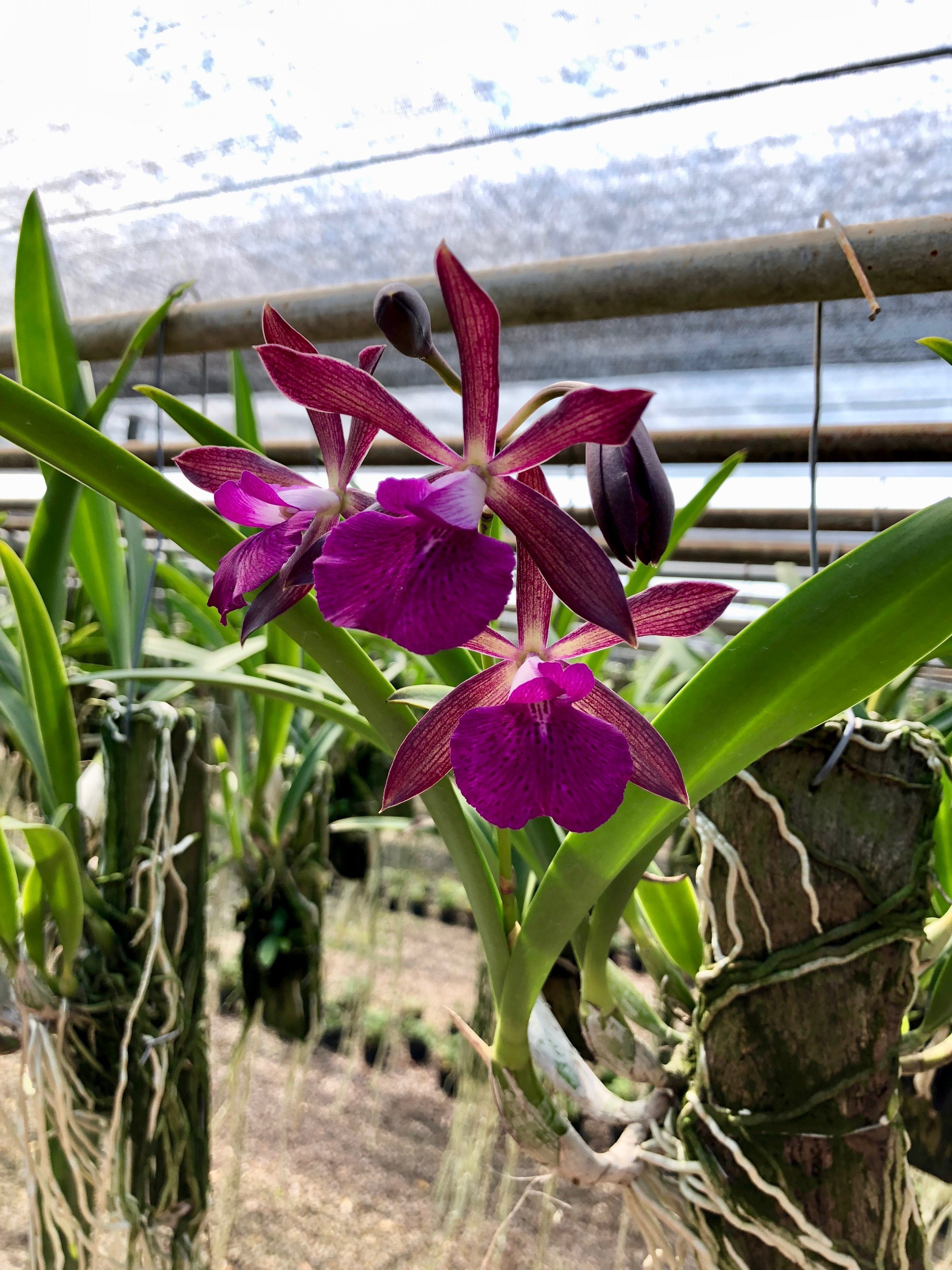
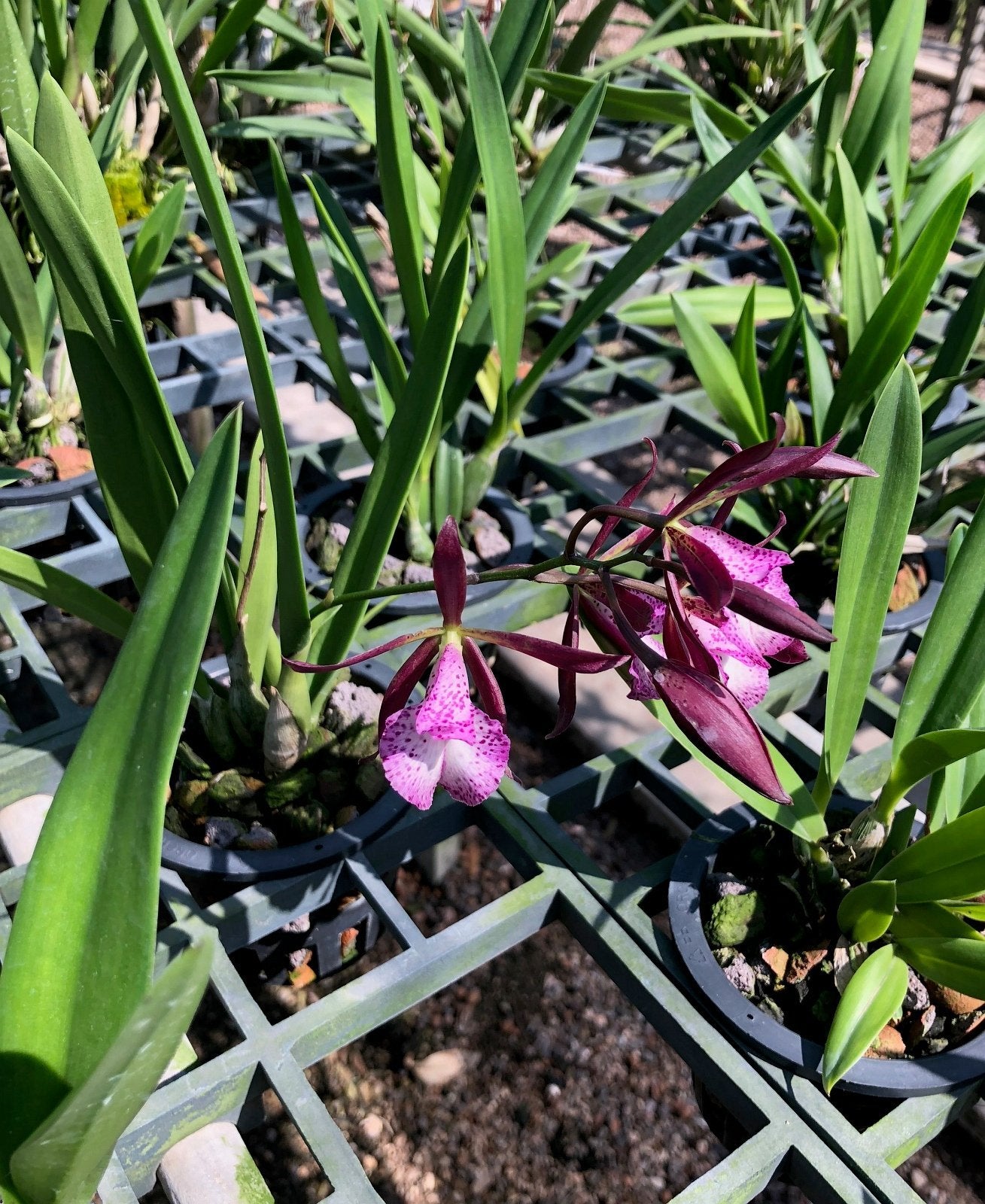
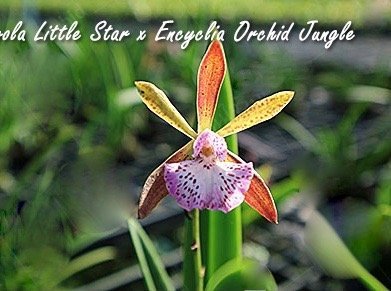
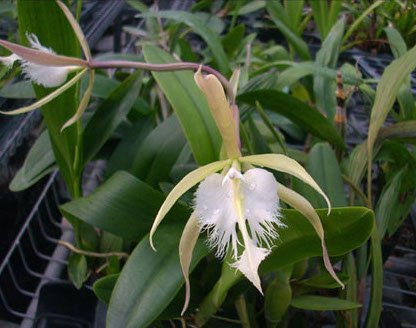
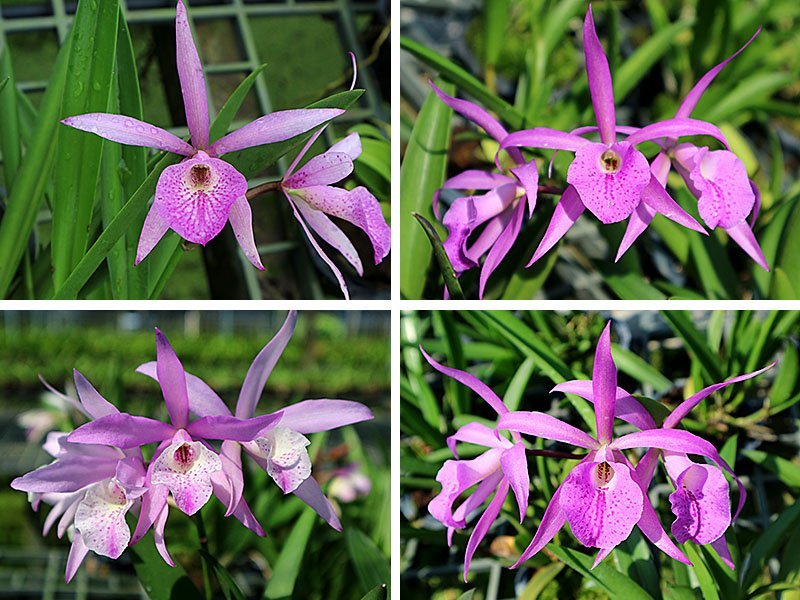
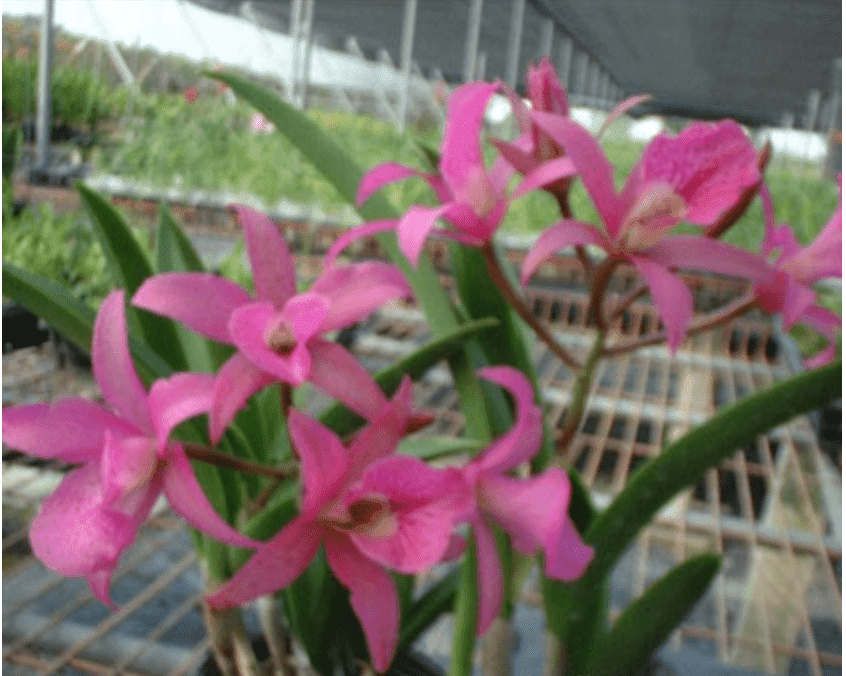
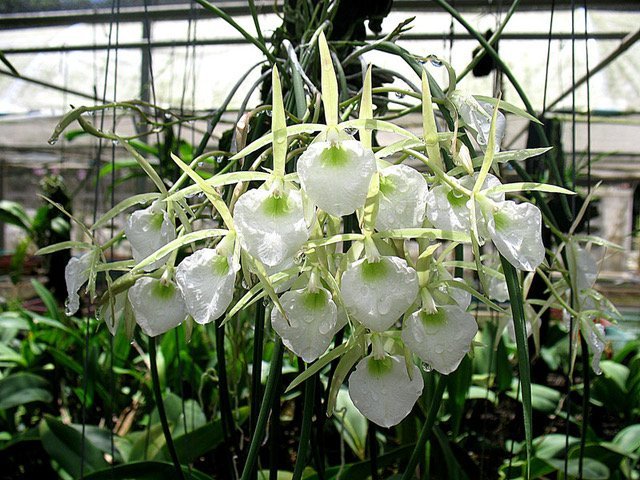
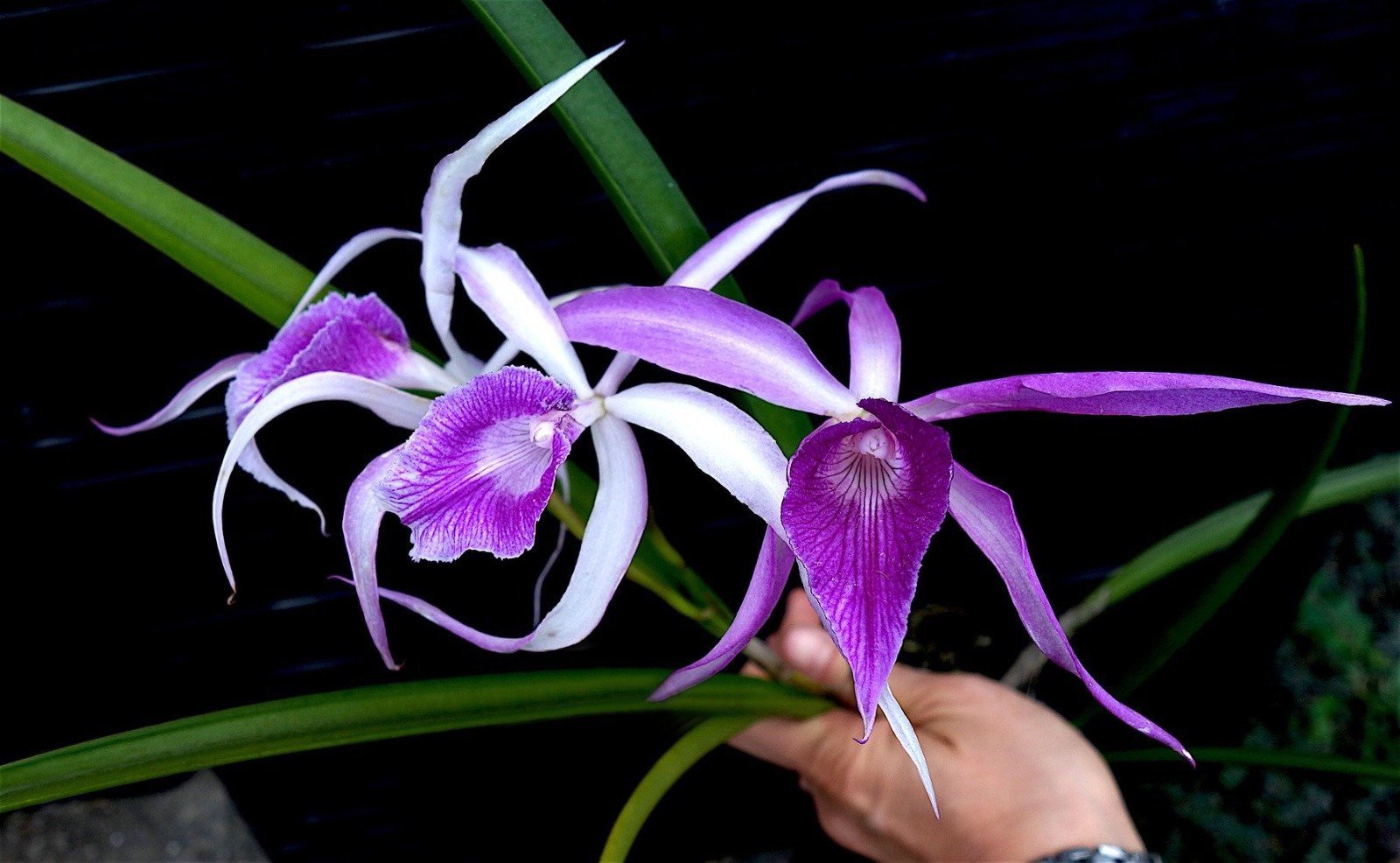
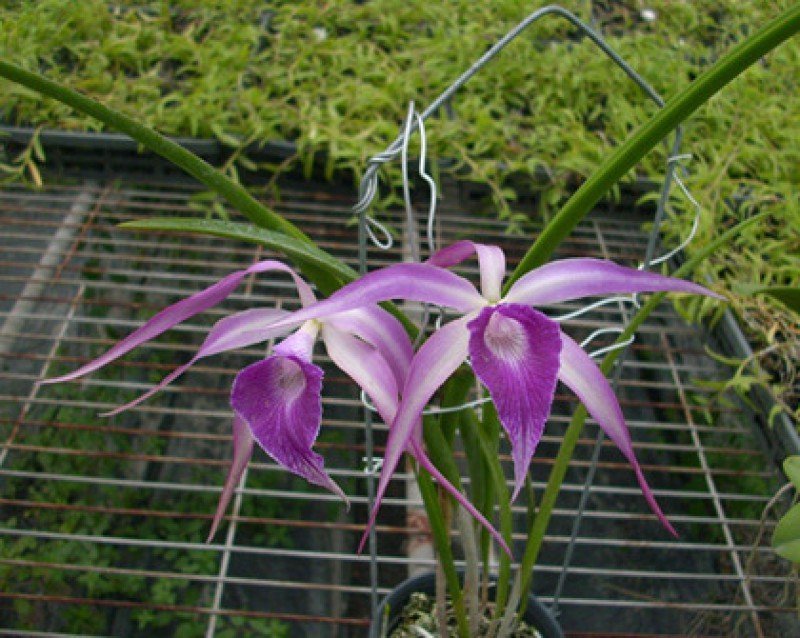
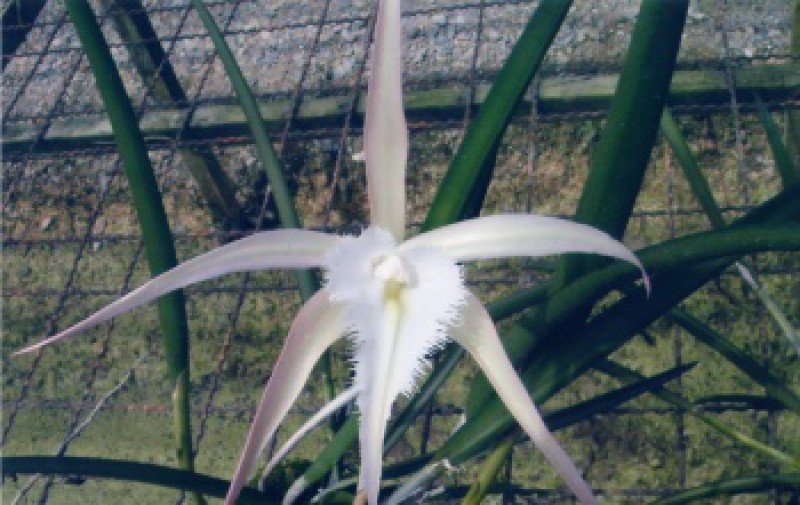
Recent bekeken
The Brassavola's name was dedicated to Venetian nobleman and physician Antonio Musa Brassavola by Scottish botanist Robert Brown in 1813.
Brassavola is a genus with 20 species distributed throughout the lowlands of Central America and tropical South America. They are epiphytes, and some are lithophytes.
This rare and unusual orchid produces one white or greenish-white flower, or a cluster of a few flowers. The three sepals and 2 petals are greenish, narrow and long. The base of the broad lip partially envelops the gynostemium. Most Brassavola emit a strong, delicious, citrusy fragrance. However, they do so only in the evening and at night, in order to attract the right moth. Furthermore, the genus Brassavola is characterized by the structure of a single fat leaf, which grows from a cylindrical pseudobulb. In 1698, the species Brassavola nodosa was the first tropical orchid brought from its native Curaçao to the Netherlands. From the botanical gardens of the universities that began to grow with it, the spread of this species around the world as a greenhouse plant and later as a houseplant began. It was this orchid that first aroused interest in orchids among enthusiasts.
